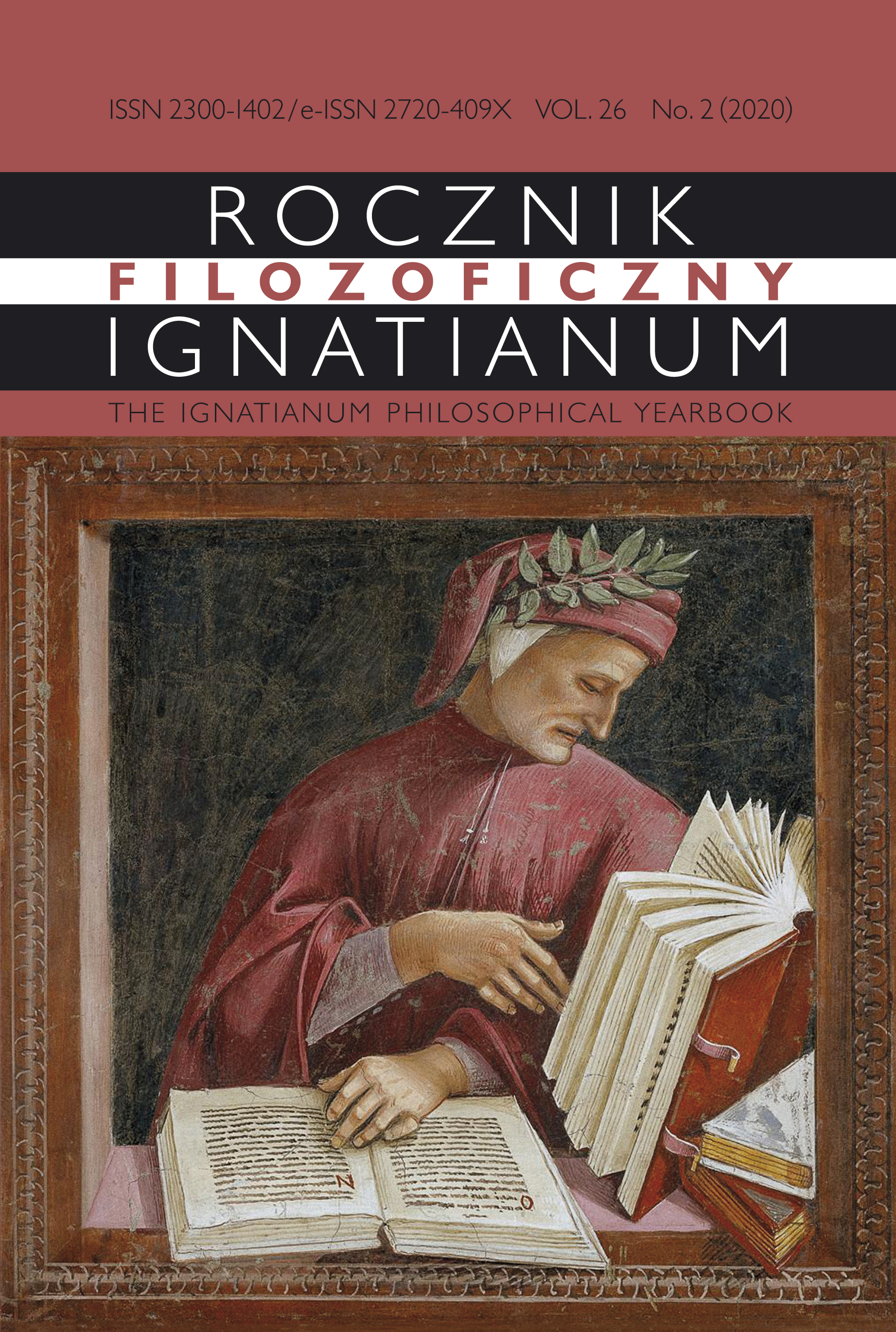Towards Scholasticism
Czesław Miłosz Reading Art et scolastique by Jacques Maritain
Abstract
The aim of this article is to show the influence of Jacques Maritain’s philosophical work Art et scolastique on the young Czesław Miłosz and his work, and how (or whether) it shaped the poet’s views on art in subsequent years. The author analyzes Maritain’s work on art in the context of theology and Miłosz’s articles published between the two world wars. In terms of methodology, the article draws on the concept of intertextuality, pointing to the dependence of the poet’s thinking during this period on that of the French philosopher. Maritain’s aesthetic creationism was seen by some inter-war literary critics, including Miłosz himself, as a third way between the mimetic aesthetics or art in the service of ideas and the “angelism” of symbolic art and art for art’s sake. In Maritain’s aesthetics, the writer found a system of concepts through which he opened himself up to issues related to human spirituality, ontology and religion. Maritain’s distinction between the purpose of the work and the purpose of the maker directed Miłosz’s attention to the author (artifex), as one that has been singled out as bound to strive for self-improvement and self-development. To a much lesser extent, this concept influenced his poetics. His works written in the twenty-year interwar period are saturated with dark symbolism and modernistic mannerisms.
Copyright (c) 2020 Jesuit University Ignatianum in Krakow

This work is licensed under a Creative Commons Attribution-NoDerivatives 4.0 International License.
The Yearbook only accepts materials for publication that are free of all conflicts of interest, and that in no way involve conflicts over authorship, copyright, etc. The Editors will take action against any cases of plagiarizing, ghostwriting1, guest/honorary authorship2, etc. Where co-authored work is concerned, the Author listed first is expected to take responsibility for the submission, and is required to make clear the contributions of all of the Co-Authors involved. In the event of the publication owing its existence to funding dedicated to this purpose, this fact should be made clear: e.g. in any note of thanks/acknowledgement, or in a footnote, etc. Explicit notification should be given of any form of reprinting, with the appropriate evidence of permission to publish being furnished as required. Any impropriety on the part of Authors/Reviewers risks exposing them to appropriate responses from the relevant institutions.
______
1 This term refers to instances of a person who has made an essential contribution being omitted from the list of authors, or from notes conveying gratitude and/or acknowledgement.
2 This occurs when a person who has made either an insignificant contribution or no contribution at all nevertheless appears on the list of authors.





